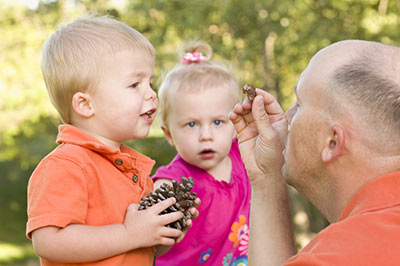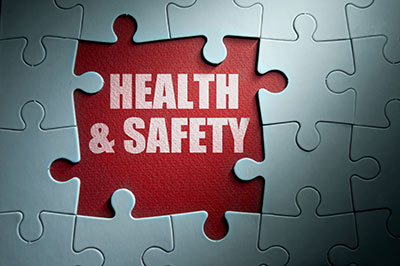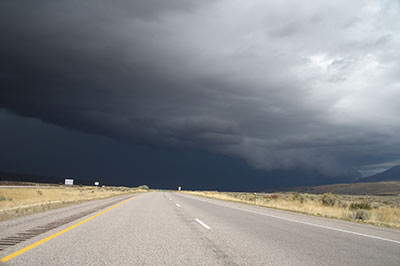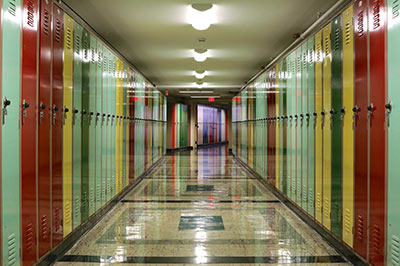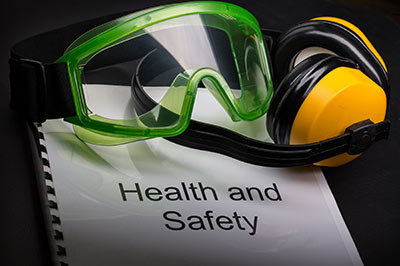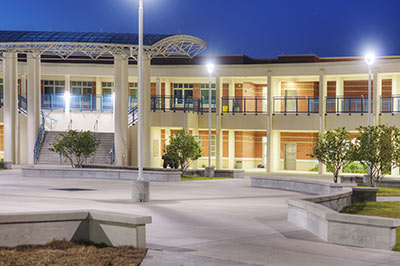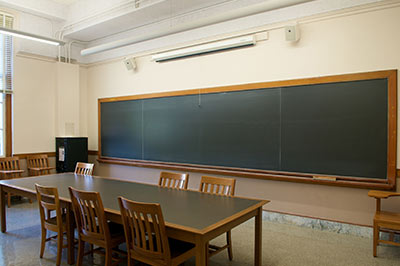National Center for Environmental Health
Protecting children from exposure to lead is important to lifelong good health. Even low levels of lead in blood have been shown to affect IQ, ability to pay attention, and academic achievement. And effects of lead exposure cannot be corrected. The most important step parents, doctors, and others can take is to prevent lead exposure before it occurs.

